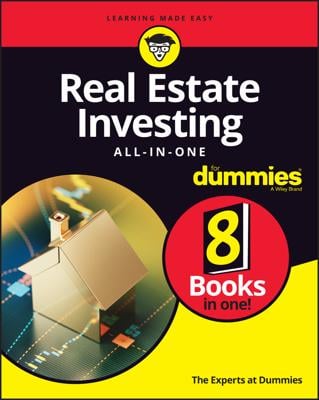Copyright © 2015 Eric Tyson and Robert S. Griswold. All rights reserved.
The entrepreneurial spirit of real estate investors is also rewarded when they're able to increase the return from real estate by adding value through a change in use. A change in use is taking land that isn't currently being used optimally or, as appraisers phrase it, for its highest and best use and repositioning the property in a manner that results in the highest value. There are several common ways to achieve this, including
Entitlements: The process of gaining the necessary approvals to put land to a more productive use is an extremely powerful way to increase the value of real estate. In nearly every city or town in the country, some land uses — typically agricultural — become less productive (or inadequate) as the area is developed. Taking the steps to get this land approved as residentially or commercially zoned property can dramatically enhance property value.
Conversion of use: The conversion of real estate to another use isn't a new idea, but real estate entrepreneurs have increasingly practiced the concept in recent years. One of the most common has been the conversion of obsolete or eliminated neighborhood bank branches to alternative uses. Other examples of change in use include the conversion or redevelopment of apartment rentals to for-sale housing or the modification of old historically relevant or well-located urban warehouses to residential lofts and offices.
Lot split: Traditionally, this term refers to the dividing of a larger parcel of raw land into several smaller parcels. The sum total received for the individual parcels is much greater than the value of the original parcel. Another strategy is to develop or locate a residential rental property that can be split into multiple lots with each parcel containing one to four units, because apartments with four or fewer units receive more favorable financing. You can then offer these investment properties to individuals at a price significantly higher than what the entire property would go for.
Assemblage: The other side of the lot split strategy is assemblage — the purchase of two or more smaller parcels with the intent to combine them into a larger parcel that can be more efficiently developed. This method of adding value to real estate can be quite lucrative, particularly in older built-out areas that are ripe for redevelopment. This often happens in areas (like beach communities) where there's high demand and increasing population. Real estate investors buy several individual contiguous lots and then sell the property to a developer who builds a small multifamily apartment building.

